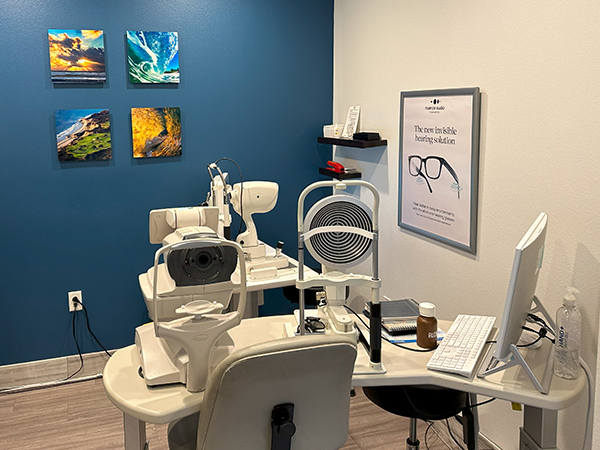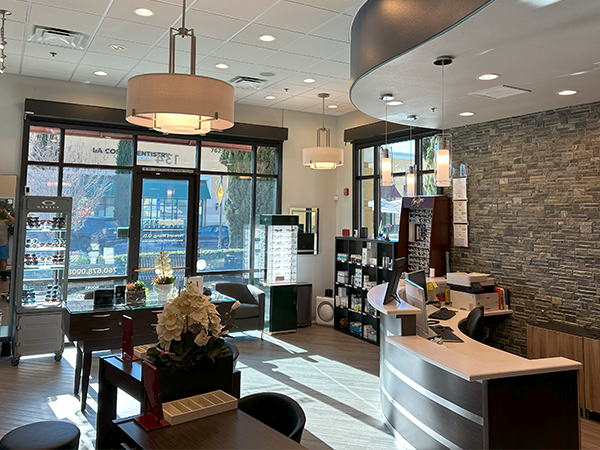
Your eyes are one of the most important organs in your body, yet they are often overlooked when it comes to routine healthcare. Many eye diseases can develop silently, showing little to no symptoms until significant damage has occurred. By understanding the signs, symptoms, and treatment options for common eye diseases, you can take a proactive approach to maintaining your eye health.
Cataracts
Cataracts occur when the lens of the eye becomes cloudy, leading to blurred or dim vision. Common symptoms include difficulty seeing at night, increased sensitivity to light, and colors appearing faded or yellowed. Cataracts are often age-related, but they can also be caused by trauma, certain medications, or underlying health conditions like diabetes.
Cataracts can be managed with prescription glasses in the early stages, but surgery is the only definitive treatment. Cataract surgery is a highly successful procedure that replaces the cloudy lens with a clear artificial one.
Glaucoma
Glaucoma is a group of eye conditions that damage the optic nerve, often due to high intraocular pressure. It can cause gradual vision loss and, if untreated, permanent blindness. Symptoms may include tunnel vision, eye pain, halos around lights, and nausea, but it often develops without noticeable signs.
Glaucoma treatment typically involves prescription eye drops to lower eye pressure, oral medications, laser treatment, or surgery to improve fluid drainage in the eye.
Macular Degeneration
Macular degeneration affects the central part of the retina (the macula), leading to loss of central vision. Symptoms include difficulty reading, distorted vision (straight lines may appear wavy), and dark or blurry spots in the center of your visual field.
While there is no cure, certain treatments, including anti-VEGF injections, laser therapy, and dietary supplements, can slow the progression of the disease.
Dry Eye Syndrome
Dry eye syndrome occurs when the eyes don’t produce enough tears or the tears evaporate too quickly. Symptoms include redness, burning, a gritty sensation, and excessive tearing.
Dry eye can be managed with artificial tears, prescription eye drops, lifestyle changes, or advanced treatments like intense pulsed light (IPL) therapy or punctal plugs.
The Importance of Regular Eye Exams
Many eye diseases, such as glaucoma and macular degeneration, can progress without noticeable symptoms in their early stages. Annual comprehensive eye exams are essential for detecting these conditions early and preserving your vision. During an exam, your optometrist can assess your visual acuity, measure eye pressure, evaluate your retinal health, and identify any early signs of disease.
Routine eye exams are especially important if you:
• Have a family history of eye diseases.
• Are over 40 years old.
• Have underlying health conditions like diabetes or high blood pressure.
• Spend extended periods in front of digital screens.
Early diagnosis and treatment can prevent or minimize vision loss, ensuring you maintain a high quality of life.
Take Charge of Your Eye Health Today
Your eyes deserve the best care, and it starts with regular checkups. At Modern Eyes Optometry, we’re committed to helping you maintain clear and healthy vision for years to come. Whether you’re experiencing symptoms of an eye condition or simply due for your next exam, our team is here to provide personalized care tailored to your needs.
Schedule your comprehensive eye exam with Modern Eyes Optometry and take the first step toward protecting your vision from eye disease. Visit our office in Carlsbad, California, call (760) 334-8900, or text (760) 678-0008 to book an appointment today.








